
| Issue 4, Winter 2003-04 | ||||
Saving the Best for Last...in the Nick of Time
Fifteen miles northwest of Nogales, Arizona, in the Coronado National Forest there lies a spectacular landscape known as the Tumacacori Highlands. These verdant mountains are known for their spectacularly eroded, lichen- drenched cliffs and undulating hills of grass and madrean oaks. Popular amongst birders, hikers, hunters, botanists, and adventurers, the sharp cliffs and rolling hills offer an unparalleled and increasingly rare wilderness experience in Arizona and across the West. The Arizona Wilderness Coalition, in partnership with the Sky Island Alliance, the Friends of the Tumacacori Highlands, and Congressman Raul Grijalva, are looking to ensure that this unique wilderness opportunity remains in perpetuity for this and future generations. This coming year, groups and individuals from the Sky Island region, around Arizona, and throughout the country are joining a broad coalition that aims to permanently protect this awe-inspiring landscape. The Friends of the Tumacacori Highlands is a coalition of businesses, organizations, and individuals dedicated to conserving the Tumacacori Highlands as designated Wilderness – a designation that will ensure that the this area retains its currently untamed and magical characteristics.
As our population in Arizona expands, exceptional recreational opportunities, our intriguing cultural heritage, and our magnificent scenic areas are becoming increasingly important to protect. Not only are the Tumacacori Highlands critical for providing ecological processes such as filtering our air and water, but they also contribute significantly to our local economy by drawing tourists of all kinds. Whether its deer hunting, bed and breakfasts, or bird watching, we benefit from protecting our natural heritage. The Tumacacori Highlands Wilderness Campaign is a collaborative project between the residents of Santa Cruz County, members of the Sky Island Alliance and the Arizona Wilderness Coalition, and Congressman Raul Grijalva. This campaign incorporates five years of preliminary information gathering and discussions with diverse groups of organizations and individuals The Tumacacori Highlands are about as ideal for wilderness designation as we have left here in Arizona. The large, intact roadless area and exceptional biological, cultural, and scenic characteristics of the area, demographics, and political make-up of the surrounding communities provide a strong foundation of support for designation.
The Highlands are one of the most biologically diverse areas in the United States. The Sky Island complex harbors more than 2,000 plant species and more than 75 reptile species--one of the most diverse herpetological regions in North America—and about 400 bird species, including valley and riparian species. Tropically-oriented species, such as the Mexican vine snake, epiphytes (plants that grow in trees), five-striped sparrow, Sonoran Chub, and others cannot be found anywhere else in the United States. (The Chiracahua Mountains alone host more than half of the recorded bird species in the United States.) The Sky Islands are also the most diverse region of the United States for mammals, with some 90 different native species. The area provides exceptional habitat for rare and sensitive species and offers refuge for many endangered species, such as the peregrine falcon, Chiricahua leopard frog, and Mexican spotted owl. Southeastern Arizona also boasts the highest concentration of jaguar sightings in the nation
With a dwindling amount of areas free of roads, Wilderness areas not only foster exceptional habitat, but also provides areas free of human influence and exceptional recreational opportunities, including hunting. The Tumacacori Highlands are an exceptional whitetail deer hunting ground, rated “excellent” by the Arizona Game and Fish Department. The Tumacacori’s primitive nature and existing roadlessness offers hunters an increasingly rare traditional backcountry experience in Arizona. Culturally, the Tumacacori Highlands are overflowing with connections to our native and early European ancestry. The Sobaipuri people, ancestors of today’s Tohono O’odham tribe, were primarily a hunter/gathering community in the Tumacacori Highlands and were less settled in agricultural practices than other tribes of the region. As Apache tribal forces moved into the highlands in the 17th century, the relatively peaceful Sobaipuri people were pushed west into the Santa Cruz Valley. The Tumacacori Highlands were likely the last place the Sobaipuri thrived as a productive people before disappearing as a regional culture.
Spanish influence in the Tumacacori Highlands was delayed until mid to late in the 17 th century, largely because of the rugged terrain of the area. Explorers such as Cabeza de Vaca, Fray Marcos de Niza, and Coronado attempted both submission and conversion of native people to Christianity to facilitate access to the region’s riches by the Spanish Crown. In 1687, Father Escubino Kino was sent to northern Sonora and present-day southeastern Arizona to establish missions and introduce Christianity, animal husbandry, and agriculture to Native Americans living in the Sky Islands. There, he found relatively peaceful Opata, Suma, Jocome, Subapuri, and Janos peoples. Beginning in the late 17th century, the Apache people emerge in historical narratives and by 1730, Apaches dominated the region by conducting raids on Spanish presidios, missions, and early American emigrants from the East. With aggressive tactics and the shelter of the rugged Tumacacori Highlands, the Apache successfully delayed European settlement in Arizona for the next 150 years. Today, the Sky Island region is home to more than one million people, with the largest concentrations in and around Tucson. Yet rural areas are growing at significant rates. From 1990 to 2000, Cochise County grew by 20%, Santa Cruz County by 29%, and Graham County by 26%. While farming and ranching have traditionally dominated these economies, the rural areas are increasingly becoming adjusted to tourism and a recreation-based income.
In 1964, the United States Congress passed the hallmark Wilderness Act. The idea of designating areas as Wilderness enjoyed overwhelming support – of the 474 Senators and Representatives then, only 13 voted against it. Since 1964, more than 100 million acres have been added to the National Wilderness Preservation System. When a Wilderness Area is created, several land management issues are clarified, namely that the designated area will be managed to retain its primitive and wild character. While Wilderness does not allow motorized transportation or equipment, it is open to the public and encouraged to be enjoyed. Motorized
access is often an issue with the enjoyment of public lands and Wilderness
Areas. Driving vehicles inside Wilderness Areas is not permitted, although
access to Wilderness Areas allows the public to reach trailheads or
other destinations. The proposal preserves over 20 separate access roads
that will allow visitors to reach a wide variety of areas on every side
of the Wilderness. Opportunities for motorized recreation will remain
ample on those and other roads surrounding the area. As the Wilderness Act states, “wilderness areas shall be devoted to the public purposes of recreational, scenic, scientific, educational, conservation, and historical use.” Whether you enjoy hiking, horse-packing, photography, exploring, or just knowing that wild places still exist, Wilderness ensures that a place remains where the imprint of humans is largely unnoticeable. Wilderness designation in the Tumacacori Highlands will preserve this rich natural history for generations to come and allow the communities of Arizona and the Southwest to appreciate this landscape in its truly wild character forever.
For more information about the Friends of the Tumacacoris and their campaign to protect the wild hillsides of the Tumacacori Highlands, visit www.tumacacoriwild.org, or call the Friends at 520-624-7080.
|
||||
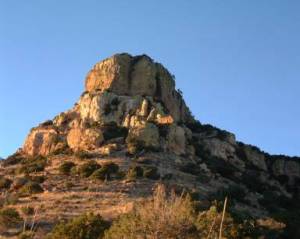
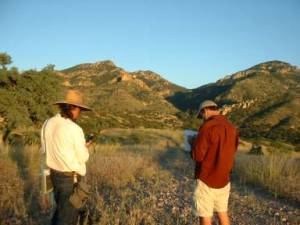

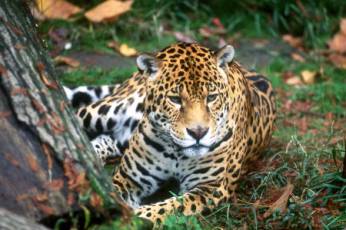

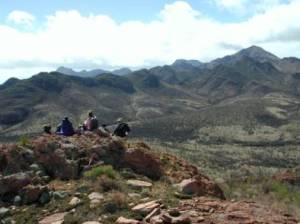
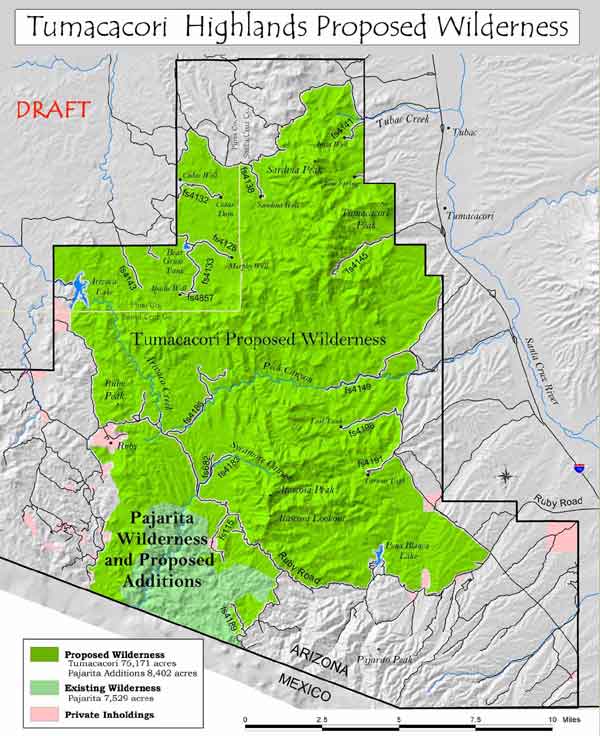


 In
Arizona, winter is the time to get outside, take the dog or kids, and explore
some of our glorious natural areas! Find your favorite wilderness area. Trek
an untrekked trail. And share with others what you find. Take a look at our
upcoming list of inventory trips, meetings, workshops, and other wildly fun
events.
In
Arizona, winter is the time to get outside, take the dog or kids, and explore
some of our glorious natural areas! Find your favorite wilderness area. Trek
an untrekked trail. And share with others what you find. Take a look at our
upcoming list of inventory trips, meetings, workshops, and other wildly fun
events. 

